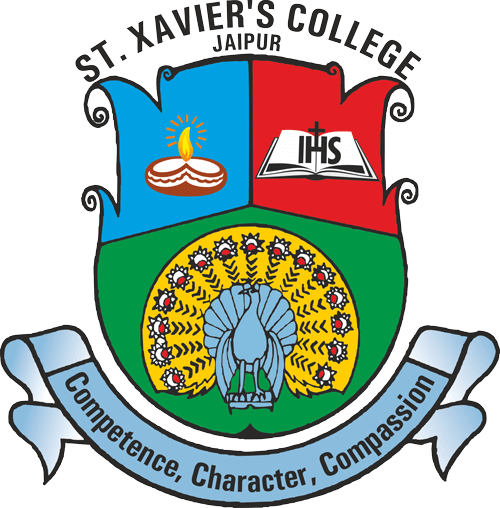


Affiliated to the University of Rajasthan Approved under Section 2(f) and 12(B) of UGC Act, 1956
A Christian Minority Educational Institution under Section 2(g) of NCMEI Act, 2004

The National Education Policy (NEP) 2020 aims to foster high-quality research in higher education. Research and innovation play a crucial role in improving the overall quality of education offered by higher education institutions (HEIs). In line with this objective, the college has set up a Research and Development Cell (RDC) as per the guidelines of the University Grants Commission (UGC).
To promote a culture of enquiry, creativity, and innovation that drives transformative research, enhances the educational process and advances the holistic development of societies and ecosystems.
To equip students and faculty with the necessary resources and assistance to undertake cutting-edge research initiatives in varied fields , to realize ideas, contribute to the formulation of social policies, and foster the comprehensive development of society at large.
Through a participatory action research approach, Jesuit research aims to build human communities that benefit from research outcomes. The mandates of Jesuit worldwide areas such as environmental protection and upholding the dignity of refugees, migrants, and tribal communities arise from community-based and participatory research approaches. As a result, Jesuit thinkers and researchers have contributed to shaping our understanding of human communities and ecosystems over the centuries. In addition to academic excellence, I envision that the research initiatives at St. Xavier’s College Jaipur, would foster networking and partnerships with local communities and other forums that advocate for social equity, human dignity, and sustainable development.

Research establishes the distinctive identity of any institution of knowledge. It is through the generation of knowledge in diverse academic domains that we have the potential to bring about positive change in the world. To enable this, St. Xavier’s College Jaipur provides a research-oriented environment, state-of-the-art infrastructure, industry-academia interface, seed funding for early-career faculty, faculty training programmes in research-related areas, as well as seminars and symposia on emerging areas of focus. It is my earnest hope that students and faculty will actively engage in the various programmes and contribute to cultivating a vibrant research culture within the College.

In higher education institutions, emphasis is placed on prioritizing quality research and innovation, considering them as crucial elements for the country's development. The integration of research, innovation, and technological development forms the foundation for progress. The creation of the Research & Development Cell (R&D Cell) at St. Xavier's College Jaipur will be instrumental in developing a multidisciplinary/transdisciplinary research culture, as mandated by National Education Policy 2020. The R&D Cell collaborates closely with external partners to act as a system builder and drive regional innovation, ultimately working towards achieving self-sustainability.

Through a participatory action research approach, Jesuit research aims to build human communities that benefit from research outcomes. The mandates of Jesuit worldwide areas such as environmental protection and upholding the dignity of refugees, migrants, and tribal communities arise from community-based and participatory research approaches. As a result, Jesuit thinkers and researchers have contributed to shaping our understanding of human communities and ecosystems over the centuries. In addition to academic excellence, I envision that the research initiatives at St. Xavier’s College Jaipur, would foster networking and partnerships with local communities and other forums that advocate for social equity, human dignity, and sustainable development.

Research establishes the distinctive identity of any institution of knowledge. It is through the generation of knowledge in diverse academic domains that we have the potential to bring about positive change in the world. To enable this, St. Xavier’s College Jaipur provides a research-oriented environment, state-of-the-art infrastructure, industry-academia interface, seed funding for early-career faculty, faculty training programmes in research-related areas, as well as seminars and symposia on emerging areas of focus. It is my earnest hope that students and faculty will actively engage in the various programmes and contribute to cultivating a vibrant research culture within the College.

In higher education institutions, emphasis is placed on prioritizing quality research and innovation, considering them as crucial elements for the country's development. The integration of research, innovation, and technological development forms the foundation for progress. The creation of the Research & Development Cell (R&D Cell) at St. Xavier's College Jaipur will be instrumental in developing a multidisciplinary/transdisciplinary research culture, as mandated by National Education Policy 2020. The R&D Cell collaborates closely with external partners to act as a system builder and drive regional innovation, ultimately working towards achieving self-sustainability.
